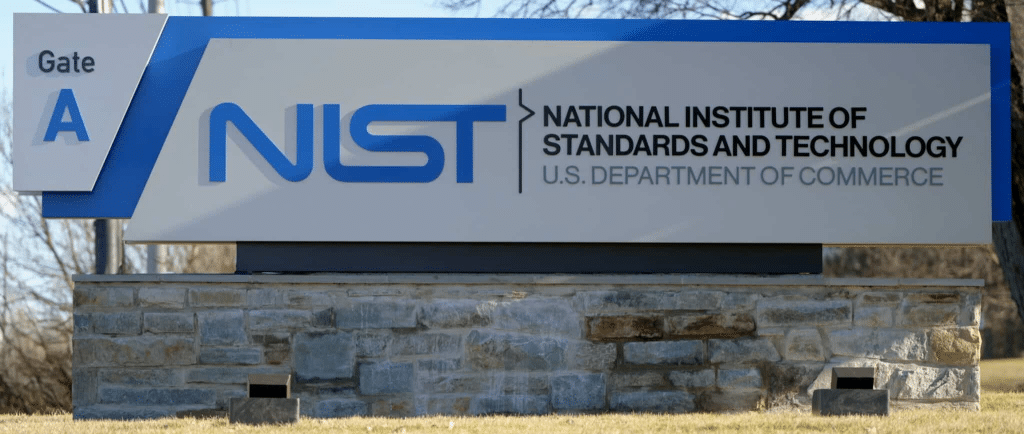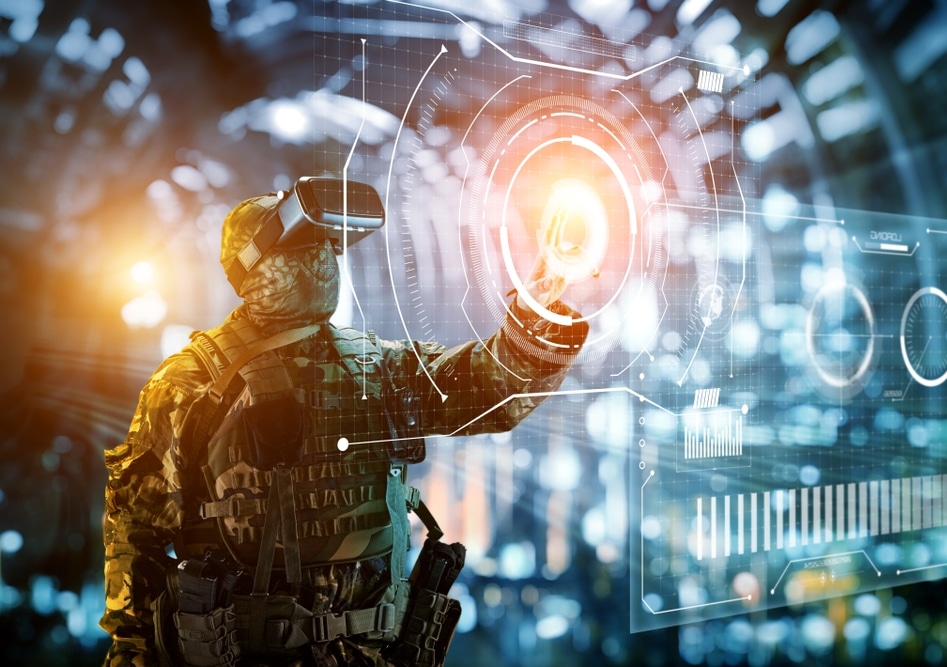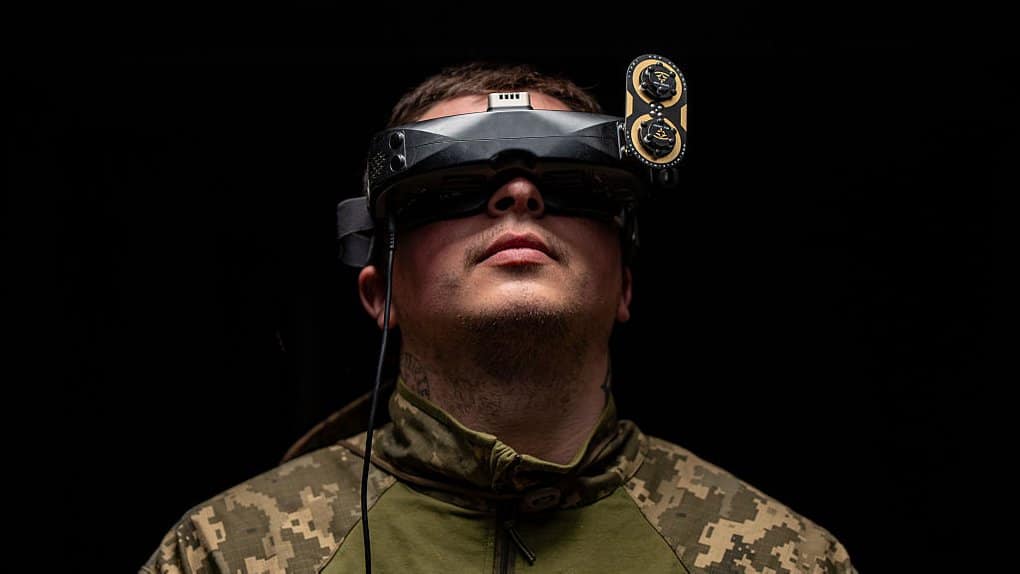Quantum technologies are moving out of research labs and into the realm of strategy and defense. While progress remains incremental, the risks tied to quantum computing and sensing are becoming increasingly urgent.
By 2025, governments, armed forces, and critical industries face the looming prospect of “Q-Day” , the moment when traditional encryption systems collapse under the brute force of quantum computing.
Breaking encryption: the core threat
The most immediate military concern lies in quantum computers’ ability to break RSA, the most widely used public-key algorithm, and elliptic curve cryptography (ECC). Algorithms such as Shor’s could suddenly render decades of military communications, diplomatic cables, and classified archives readable overnight.
Adversaries are already pursuing a “harvest now, decrypt later” strategy: stockpiling encrypted data today to decrypt it once quantum capabilities become available.
In 2025, the European Union published a roadmap: begin migration to post-quantum cryptography (PQC) by 2026, secure critical infrastructure by 2030, and achieve broad adoption by 2035.
A global race
The United States, China, the European Union, Israel, and Russia are all locked in a strategic competition for quantum supremacy. Washington, through NIST, has finalized the first PQC standards. Beijing is accelerating projects in military communications and detection. Europe, guided by ENISA and national agencies, is coordinating its cryptographic transition.

Military applications beyond encryption
Quantum technologies are not limited to codebreaking. Three areas stand out for defense applications:
- Quantum detection and radar: Using quantum states in atoms or diamond defects, these sensors could spot stealth aircraft or submarines with unprecedented sensitivity
- Quantum navigation: Inertial navigation systems based on quantum mechanics promise operations without GPS—immune to jamming
- Quantum communications: Quantum key distribution (QKD) is already being tested in pilot projects across Europe and Asia, offering virtually unbreakable links. China has even demonstrated QKD transmission via satellite
The timeline question
How long until “Q-Day”? Estimates vary. Some researchers say more than a decade; others warn that unforeseen breakthroughs could shorten the timeline dramatically.
Migration to post-quantum cryptography is slow: mapping cryptographic assets, redeveloping software, replacing hardware, testing new standards, and coordinating with third-party suppliers. The process could take longer than expected, leaving a dangerous window of vulnerability.
Outlook: defense and adaptation
Three key lessons emerge in 2025:
- Start the transition now: Inventory cryptographic assets and adopt hybrid solutions as urgent steps.
- Think beyond encryption: Military planners must track progress in quantum detection, navigation, and communications.
- Treat quantum as a strategic competition: Quantum advantage is as much a geopolitical rivalry as it is a technological race.
Quantum technology is no longer a distant horizon—it is an active challenge reshaping how defense communities secure data, anticipate adversaries, and sustain deterrence. The real danger lies not only in the quantum computer itself, but in the lack of preparation for its arrival.





